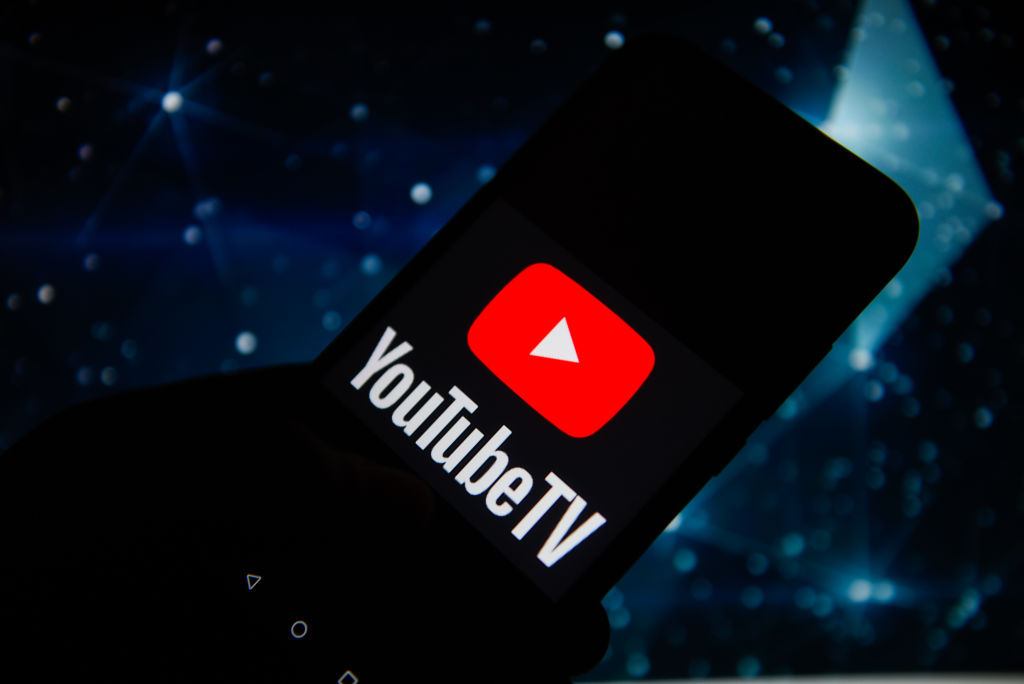Following warnings that Paramount content was on the verge of being removed from Google’s pay TV service, YouTube TV, the two companies announced late on Saturday that they had reached a deal, thereby avoiding any disruption to channel availability.
Although the announcements did not provide many details about the agreement, a statement from a Paramount spokesperson revealed that it includes “an expanded streaming relationship.” This means that YouTube Primetime Channels will continue to offer Paramount+ With Showtime and BET+ as add-ons, and Google will also have “the right to make Paramount+ available to qualifying YouTube TV customers.”
YouTube TV has previously been involved in high-profile contract disputes with media companies, including Disney. In its own announcement, Google stated, “We are pleased to announce that we have reached a deal to continue carrying Paramount channels, including CBS, CBS Sports, Nickelodeon, and more… We appreciate our subscribers’ patience while we negotiated on their behalf.”
The company had earlier warned that all Paramount content, including CBS and CBS Sports, would be removed from YouTube TV on February 13. However, a short-term deadline extension was granted when the companies appeared to be close to reaching an agreement.
At the time, Google stated that it was “fighting for an agreement that avoids passing along additional costs and offers subscribers more flexibility in how they watch their favorite sports and shows.” (Pay TV providers have reportedly been seeking more flexible ways to bundle channels, particularly at the basic tiers of their services.)
Meanwhile, Paramount’s co-CEOs, George Cheeks, Chris McCarthy, and Brian Robbins, sent an internal memo to employees describing Google as “unwilling to agree to reasonable terms consistent with the market, choosing to jeopardize the entertainment experience at the expense of consumers.”
The CEOs stated, “The reality is, you cannot have a successful video product without Paramount, one of the leading media families in TV viewing.”
Source Link





